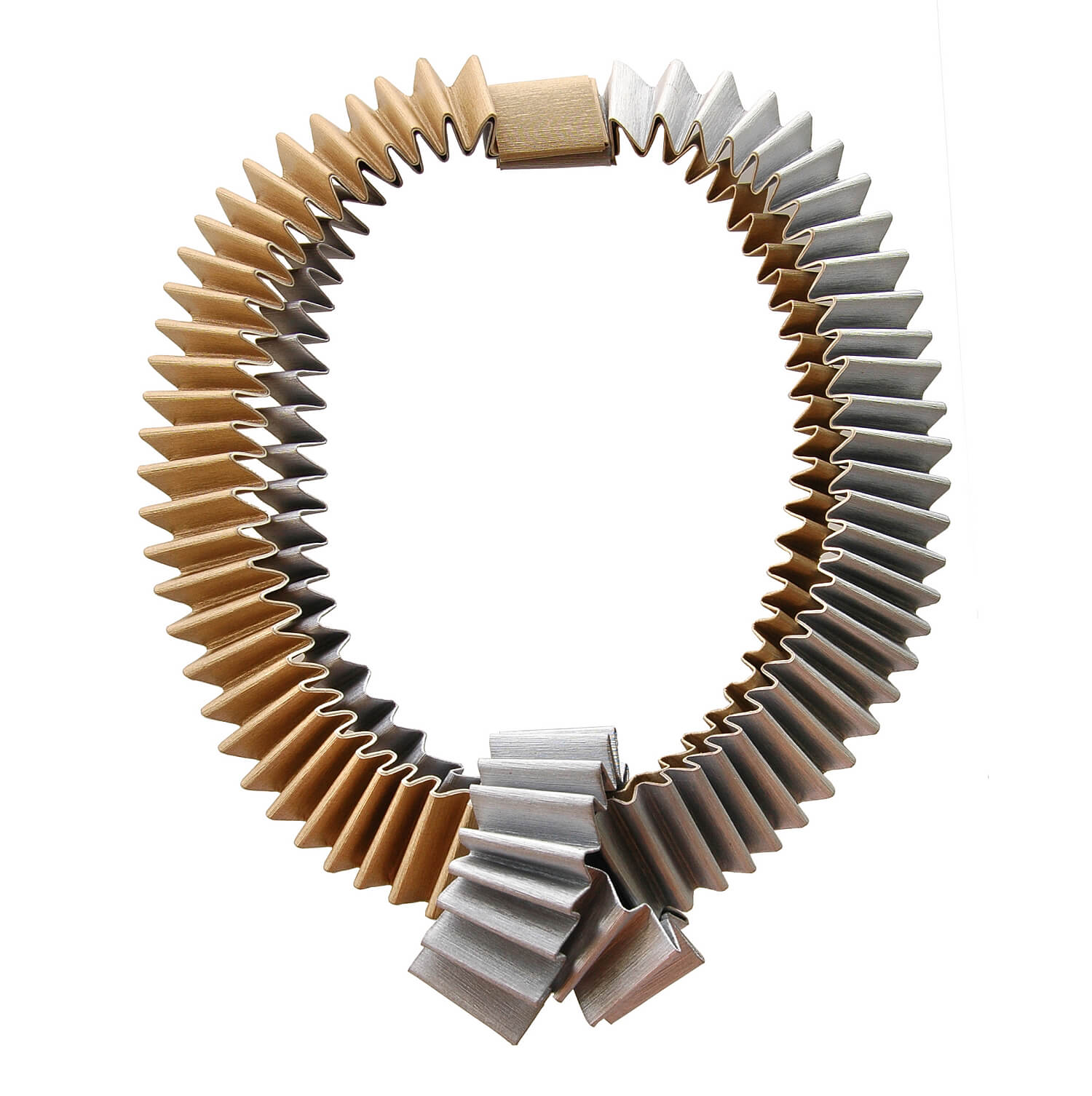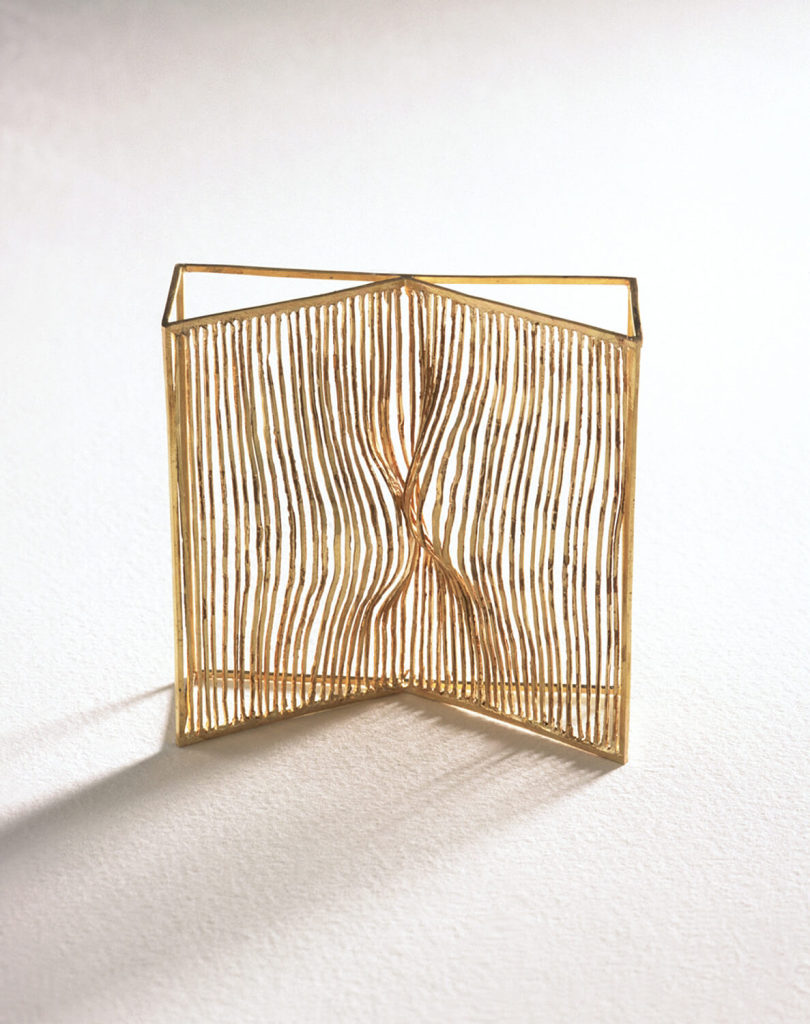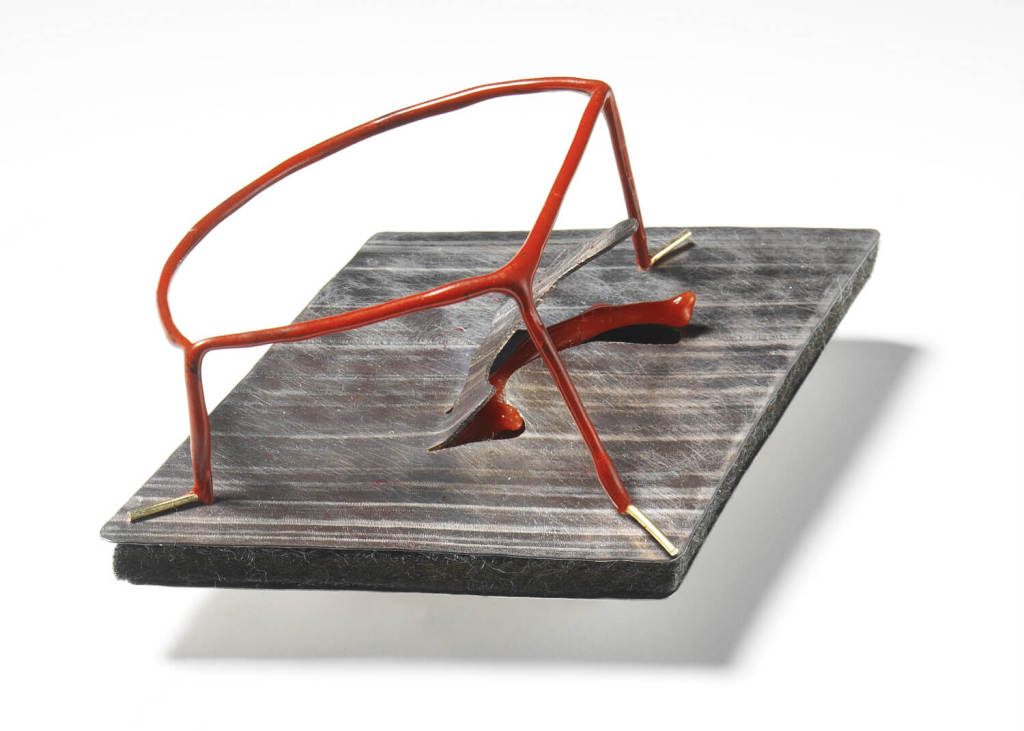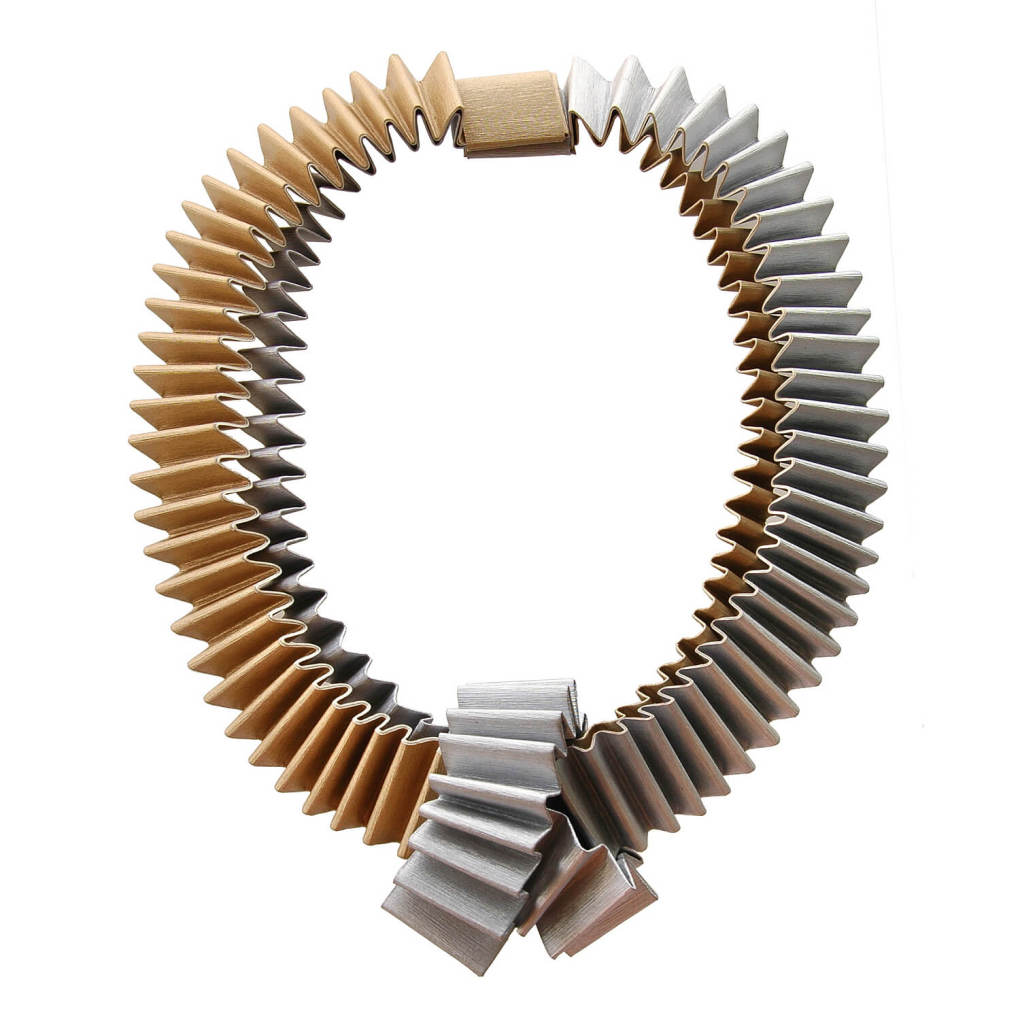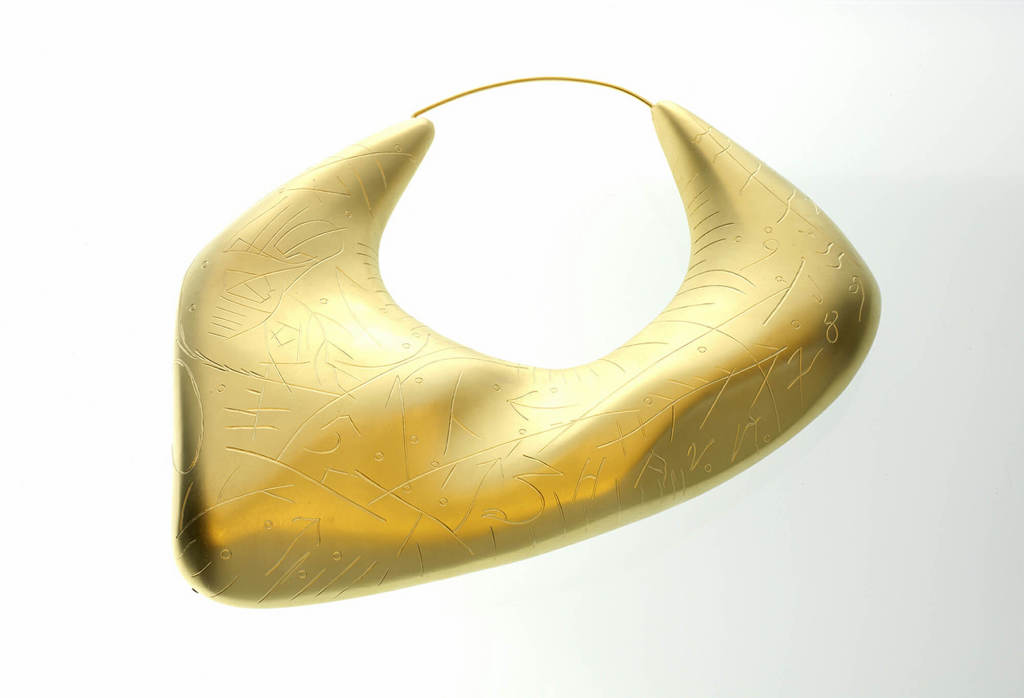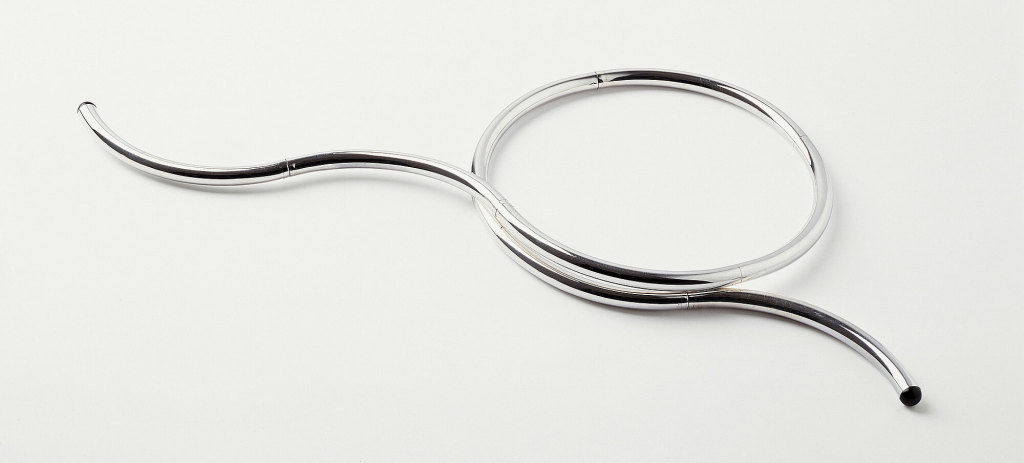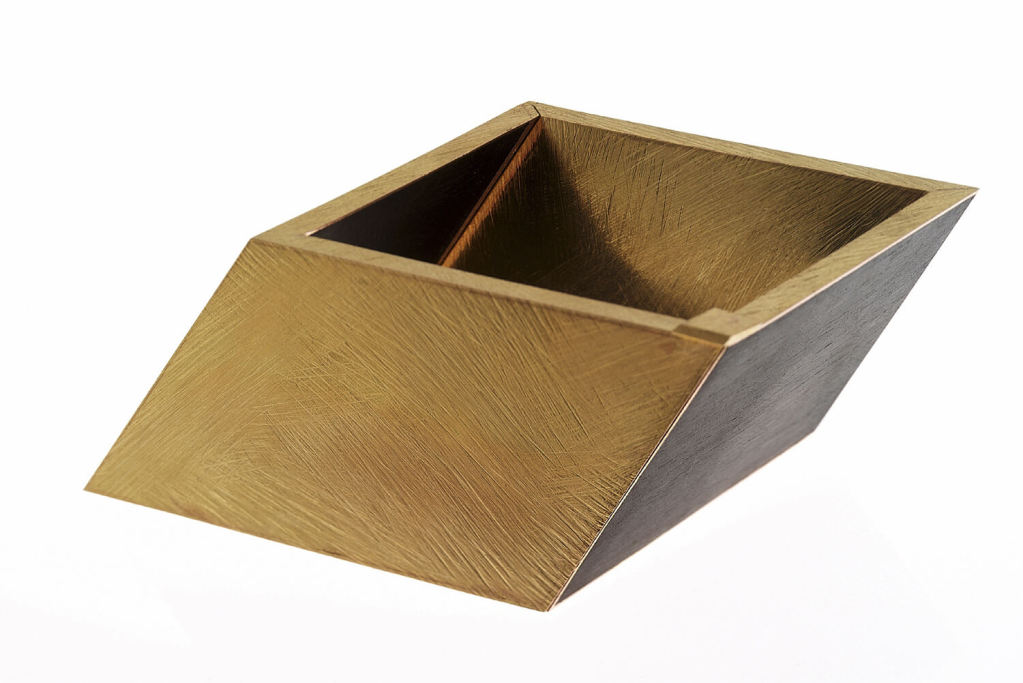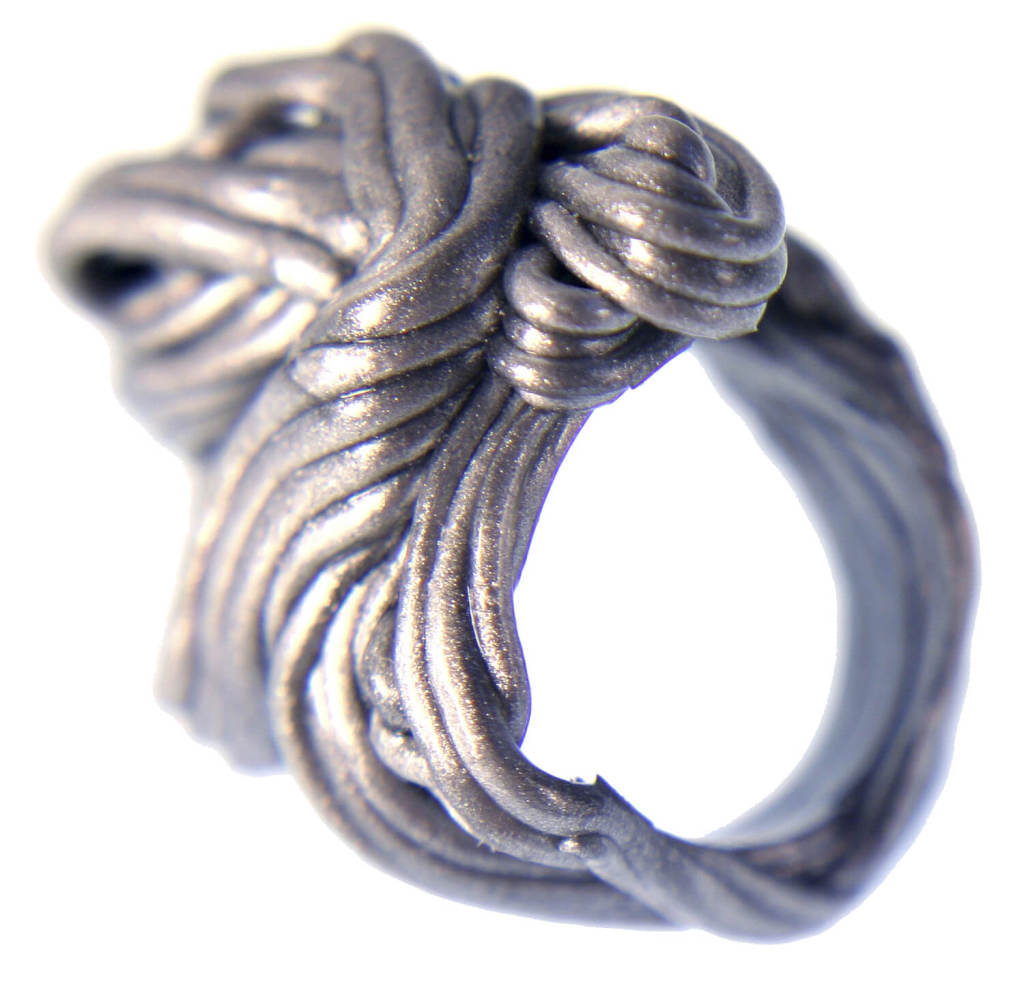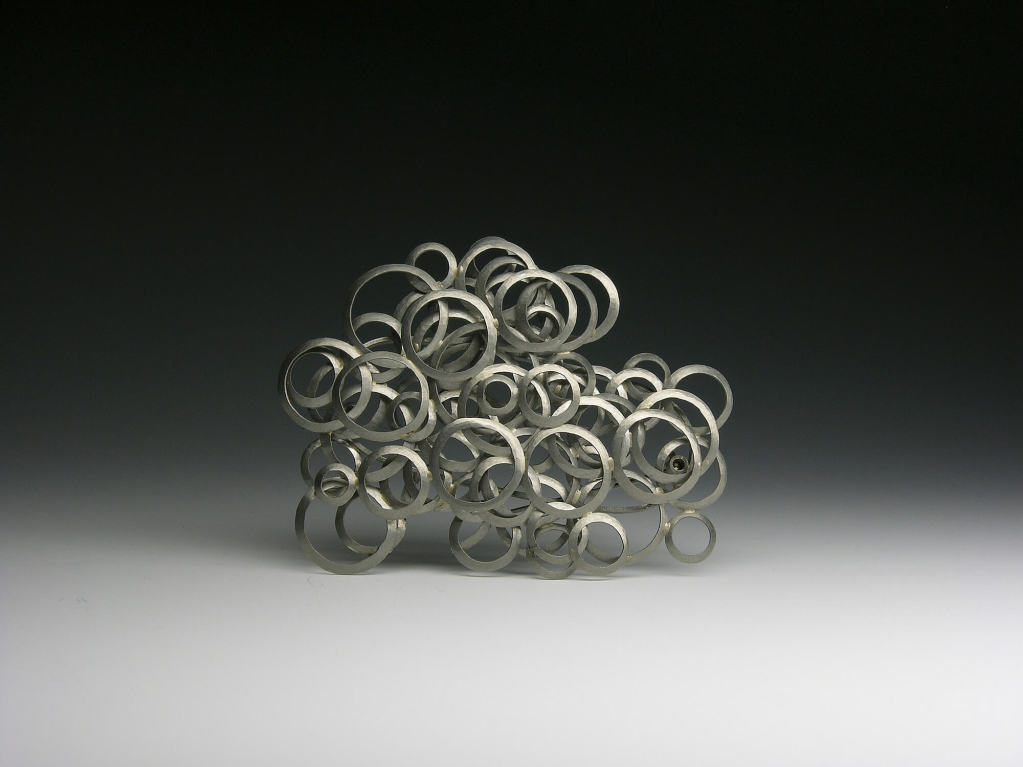Kunstgewerbe Museum
The Museum of Decorative Arts is one of the oldest of its kind in Germany. It possesses one of the most important collections of skilled craftsmanship. The museum can be found at two sites: Kulturforum Potsdamer Platz and Köpenick Palace.
The collection
This museum collects works of skilled craftsmanship ranging from post-antiquity to the present. It encompasses all the styles and periods in art history and includes silks and costumes, tapestries, decorative wainscots and furniture, vessels made of glass, enamel and porcelain, works in silver and gold as well as contemporary crafts and design objects. Most of the materials involved are of great value. Many items were commissioned by representatives of the church, the royal court and members of the aristocracy.
A tour of the spacious building at the Kulturforum Potsdamer Platz takes visitors through 7,000 square metres of exhibition room revealing the historical development and great variety of applied arts and crafts from the Middle Ages through to Art Nouveau and up to the present day.
Treasures from medieval churches, including the famous Guelph Treasure (Welfenschatz) and the “Baptismal font of Emperor Barbarossa” illustrate the excellent skills of goldsmiths at that time, as does the representational silverware which once belonged to councillors of the wealthy town of Lüneburg.
On the ground floor the highly sophisticated lifestyle at the courts of Italian nobles during the Renaissance is highlighted with examples of bronzes, tapestries, furniture, Venetian glass and decorated glazed earthenware (majolica). The upper floor is reserved for the treasures from cabinets of curiosities and baroque art collections: faience work and glass from central European courts as well as the homes of patricians, Meissen and Berlin porcelain, sophisticated pieces of furniture, decorative tableware and accessories ranging from rococo and classicism to historicism and Art Nouveau.
The lower ground floor contains the so-called “New Collection” where arts and crafts of the twentieth century are complemented by examples of industrial products which are far more dominant in modern life than hand-made objects.


